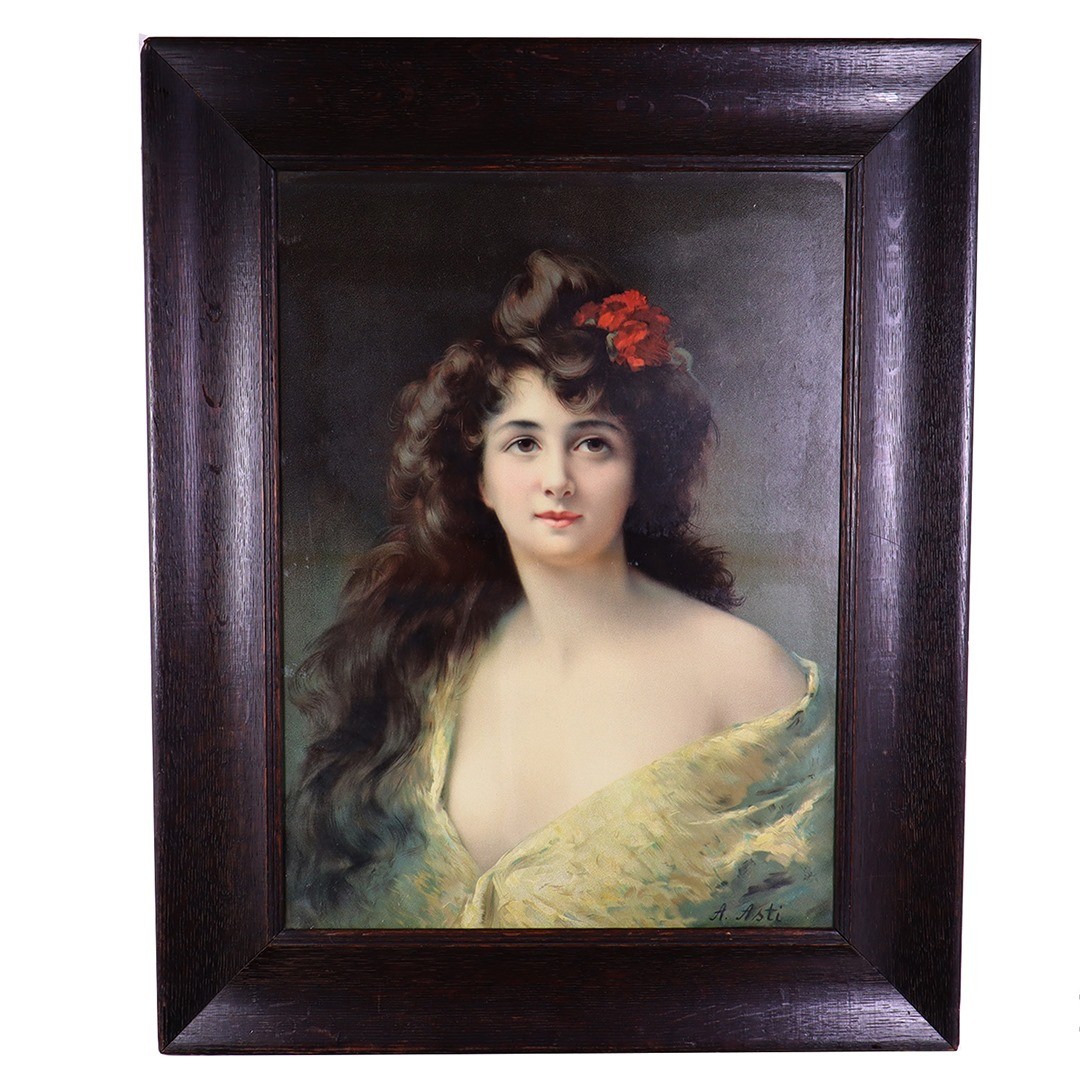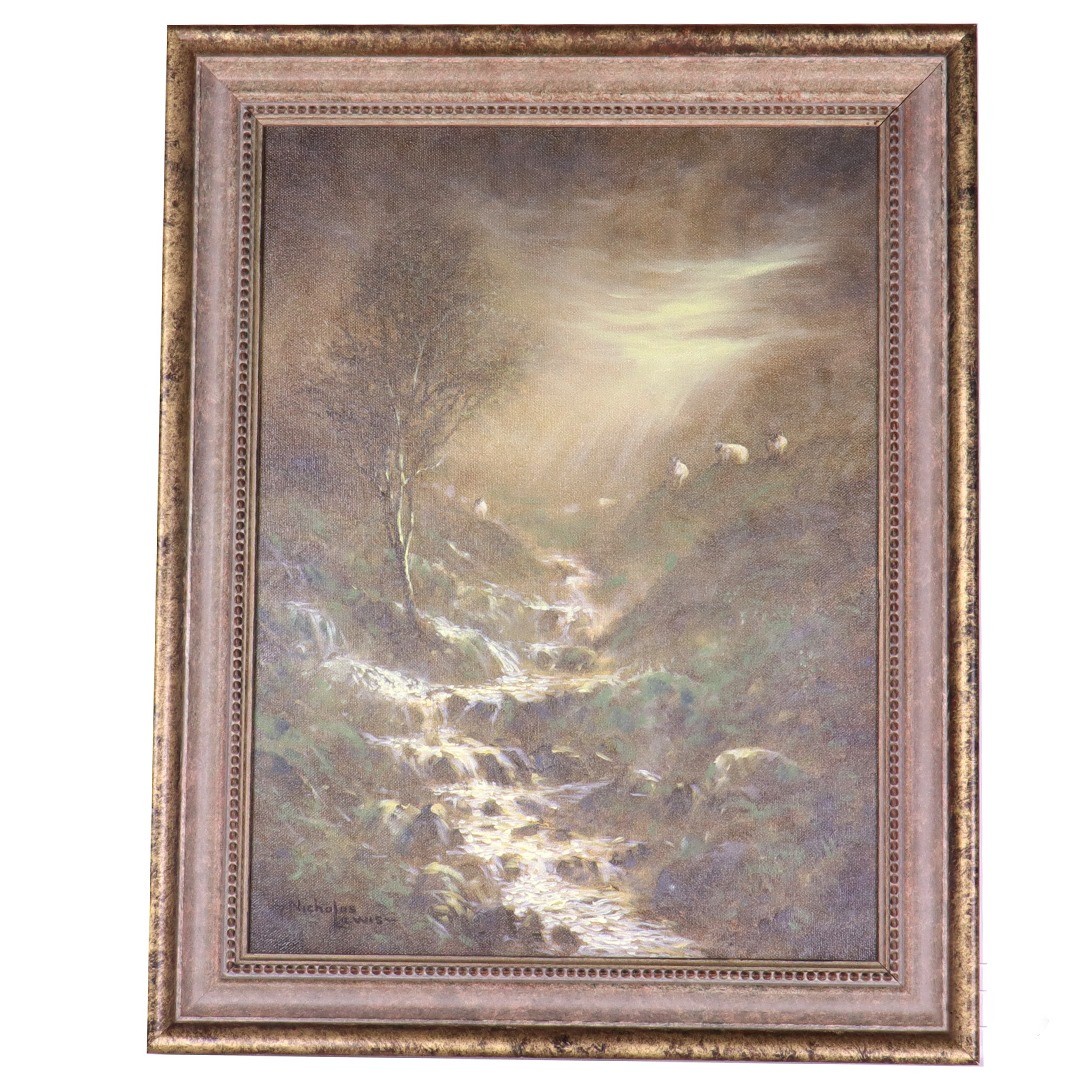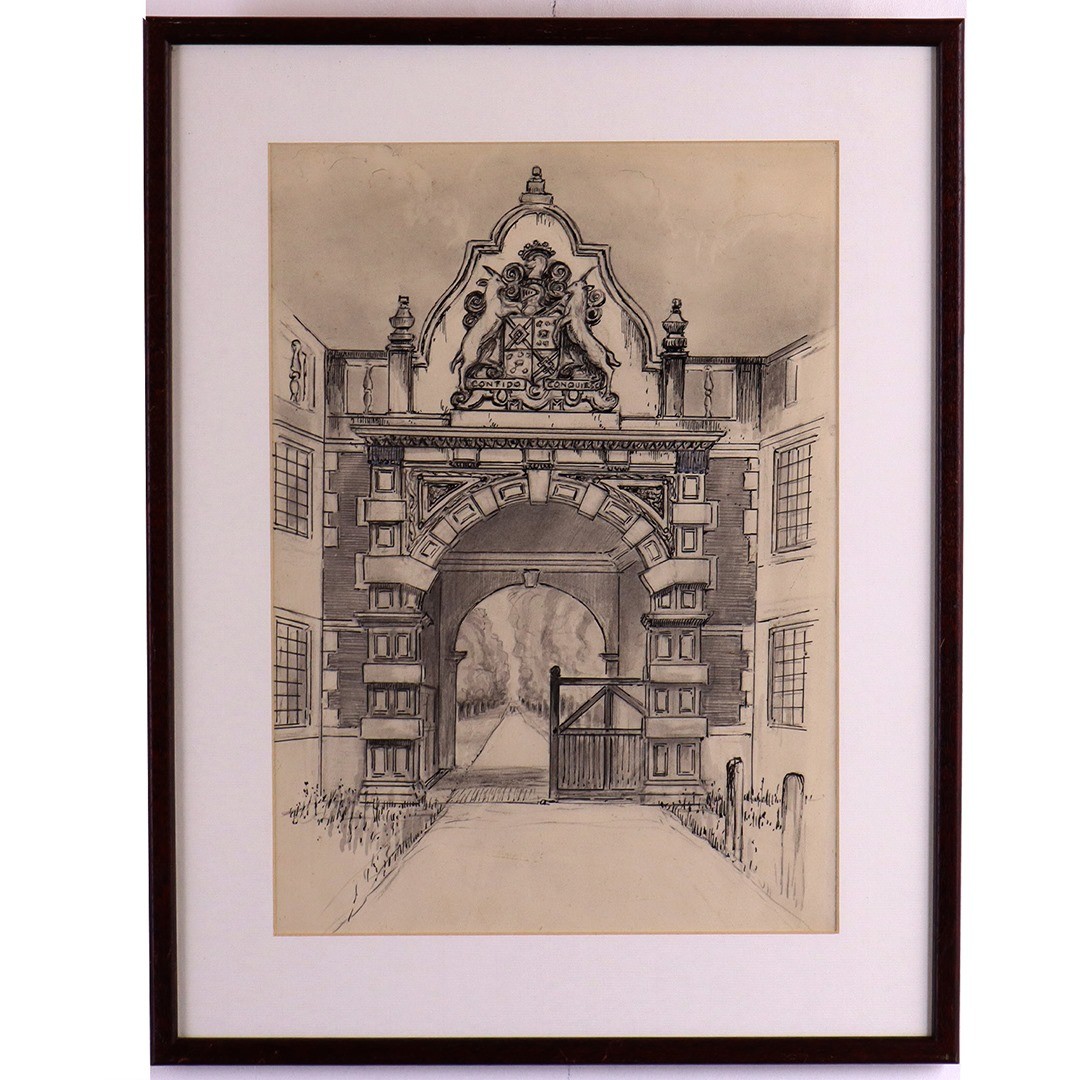Have you wondered about painting something but without paints, papers, colours and no proper training? Did you know, the oldest secure painting found was a cave painting? The paint was one of the earliest inventions of humanity. Some cave paintings drawn with red or yellow ochre, hematite, manganese oxide, and charcoal may have been made by early Homo sapiens as long as 40,000 years ago. The paint may even be older. But in recent times, we find a lot of options that can make any artist dizzy to choose a medium to paint. Watercolours, poster colours, charcoal, gouache paints, oil paints and many more mediums are available in recent times but did you know arts that are antique still hold a crucial position even today? Some extraordinary oil paintings, watercolour arts were created then which are now being recreated by modern artists. Let’s know the history of a few art mediums through this blog.
WATERCOLOUR PAINTING:
Watercolour paint is a translucent art medium which is basically a coloured pigment in a water-soluble binder. The paint dissolves when you add water allowing the pigment to spread with a brush giving a beautiful blend of colours.
The evolution of watercolour painting began in antiquity when prehistoric humans painted cave walls with mixtures of ochre, charcoal and other pigments found in nature to create visual representations of the wild beasts encountered in the world around them. From this primitive beginning, innovations, such as the development of paper, the improvements in pigments and the awareness of aesthetic techniques, contributed to the growth of watercolour as a fine art medium. Around 12th century, advancements in Chinese papermaking and the decorative use of watercolour spread to Europe, and after a century, European artists were preparing their own watercolour mixtures by grinding pigment and chalk for fresco wall paintings. The Sistine Chapel is the most famous example of the early use of watercolours as fine art. Once used only for fresco painting on wet plaster, watercolour evolved into a medium used to convey powerful, striking images when applied to paper.
OIL PAINTING:
Oil painting is the process in which pigments with a medium of drying oil as the binder. Commonly used drying oils include linseed oil, poppy seed oil etc. The choice of oil imparts a range of properties to the oil paint, such as the amount of yellowing or drying time. Certain differences, depending on the oil, are also visible in the sheen of the paints. An artist might use several different oils in the same painting depending on specific pigments and effects desired. The paints themselves also develop a particular consistency depending on the medium. The oil may be boiled with a resin, such as pine resin or frankincense, to create a varnish prized for its body and gloss. The oldest known oil paintings were created by Buddhist artists in Afghanistan that dates back to the 7th century AD. The technique of binding pigments in oil was known in Europe by at least the 12th century. The adoption of oil paint by Europeans began with Early Netherlandish painting in Northern Europe, and by the height of the Renaissance, oil painting techniques had almost completely replaced the use of tempera paints in the majority of Europe.
BLOCK PRINTING:
Woodblock printing or block printing is a technique for printing text, images or patterns used widely throughout East Asia and originating in China in antiquity as a method of printing on textiles and later paper. As a method of printing on cloth, the earliest surviving examples from China date to before 220 AD. Woodblock printing existed in Tang China during the 7th century AD and remained the most common East Asian method of printing books and other texts, as well as images, until the 19th century. Ukiyo-e is the best-known type of Japanese woodblock art print. Most European uses of the technique for printing images on paper are covered by the art term woodcut, except for the block-books produced mainly in the 15th century in India.
The woodblock is carefully prepared as a relief pattern, which means the areas to show ‘white’ are cut away with a knife, chisel, or sandpaper leaving the characters or image to show in ‘black’ at the original surface level. The block is cut along the grain of the wood. It is necessary only to ink the block and then brought into firm and even contact with the paper or cloth to achieve an acceptable print. The content would, of course, print “in reverse” or mirror-image, a further complication when the text was involved. The art of carving the woodcut is technically known as xylography, though the term is rarely used in English.
For colour printing, multiple blocks are used, each for one colour, although overprinting two colours may produce further colours on the print. The paper is normally keyed to a frame around the woodblock
INK PAINTING:
Ink painting as we know it today can be dated back to the Warring States (475–221 BCE), which is to say it has been in existence for more than 2,000 years! Due to its long and deeply rooted history in China, the term “ink painting” is often used interchangeably with notions of “Chinese painting”. Ink refers to the solid inkstick made mainly of soot and animal glue, sometimes with incense or scents added. The artist grinds the inkstick to an inkstone and then add little water to produce a strong pigmented liquid that is then applied with the help of a brush. The early 1960s marked an important turning point for ink painting with the emergence of the ‘modern Chinese ink painting’ era. During this period, artists shifted away from the traditional methods of painting to incorporate Western techniques and new or localized subject matter.





